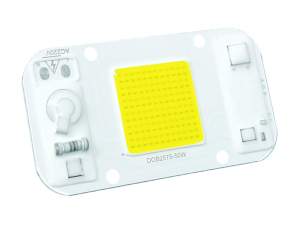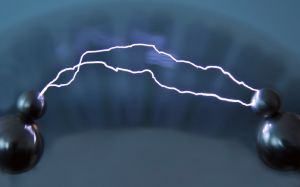
A resettable fuse, also known as a self-resetting fuse, is an overcurrent electronic protection component. It is made from a high-molecular organic polymer that undergoes a vulcanization reaction under conditions of high pressure and high temperature, with the addition of conductive particles, and is processed through special techniques. Traditional fuses provide overcurrent protection only once and must be replaced after they blow. In contrast, resettable fuses offer both overcurrent and overheat protection, along with the ability to automatically reset. Conventionally, PPTC (Polymer Positive Temperature Coefficient) devices are also referred to as resettable fuses. However, strictly speaking, PPTC is not a resettable fuse; the term “Resettable Fuse” specifically refers to these self-resetting devices.
A resettable fuse is composed of specially treated polymer resin and conductive particles (such as carbon black) distributed within it. Under normal operating conditions, the polymer resin tightly binds the conductive particles in a crystalline structure, forming a conductive path with low resistance (state a). The heat generated by the current flowing through the resettable fuse is minimal and does not alter the crystalline structure.
When a short circuit or overload occurs, the large current passing through the resettable fuse generates significant heat, causing the polymer resin to melt. As the resin melts, it expands rapidly, increasing the resistance (state b). This causes the working current to decrease quickly, thus limiting and protecting the circuit. Once the fault is cleared, the resettable fuse cools down and the polymer resin recrystallizes, contracting in volume. The conductive particles then re-form a conductive path, and the resettable fuse returns to its low-resistance state, thereby completing the circuit protection without the need for manual replacement.





